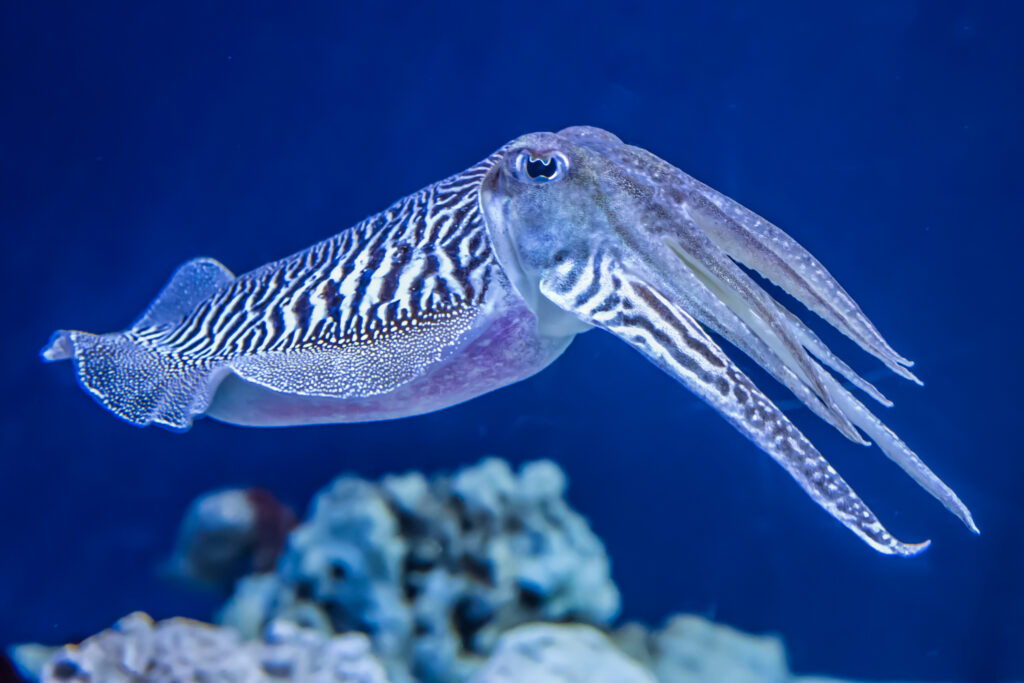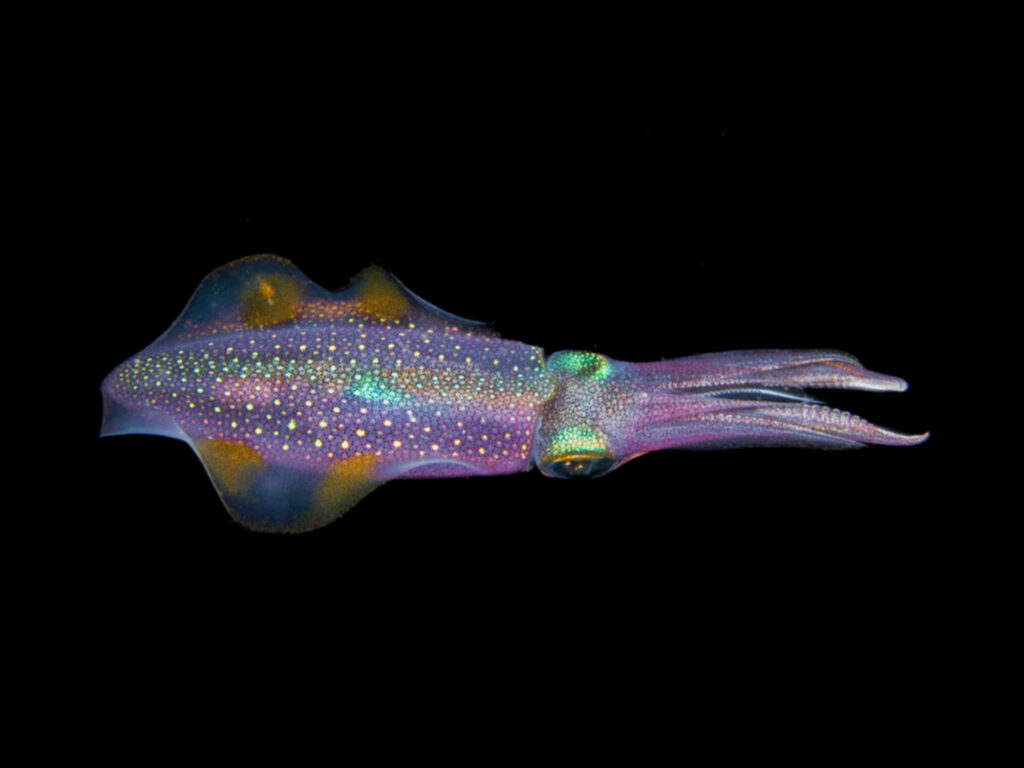Superheroes aren’t just in comics, TV shows and blockbuster films. While they might not be wearing capes or saving the world, plenty of our ocean animals have extraordinary, superpower-like abilities and adaptations.
From defence mechanisms and camouflage to super speeds and healing abilities, let’s meet some of the real-life creatures with these unique traits.
Do animals have superpowers?
Some animals living on land and in water are known to have superpower-like abilities, which benefit them in different ways and usually help them survive. But how have they gained these? It’s all down to their unique adaptations, which develop over time.
Why do animals adapt and evolve?
Animals can develop special adaptations and evolve for many reasons, including survival, defence, reproduction and environmental factors.
Adaptations can vary massively and might include changes to an animal’s appearance, such as streamlined bodies, gills, and fins, or lead to the development of more unique traits, like glowing bioluminescence and camouflaging abilities.
Here, we’ll give some exciting examples of ocean animals with various ‘super-power’ like abilities…
Masters of camouflage & intelligence
Cuttlefish
Cuttlefish are masters of disguise. Not only can they change colour to blend into their surroundings, but they can also adapt the pattern and texture of their appearance, giving them exceptional camouflage skills to help them hide from predators, hunt prey and even communicate with others.

Octopus
All octopus species can camouflage by changing colour, but they can also release ink clouds and use their 9 brains to solve problems and outsmart predators and prey alike. The mimic octopus, for example, is very well known for its camouflaging skills, which allow it to mimic other creatures, such as lionfish, jellyfish, sea snake, shrimp and crabs.
Rays
As bottom-dwelling ocean creatures, ray species like the common stingray, painted ray, blonde ray and cownose ray, which we have here at Bristol Aquarium, can camouflage using sand. Some bury themselves underneath it, and others have a sand-patterned appearance they can use to their advantage to hide from predators and prey.
Shapeshifters and regenerators
Starfish
These unique invertebrates have developed regeneration abilities, making them worthy of our list. If a starfish is injured or loses one of its arms, they can still survive and will regrow the limb. Some tropical species can even form an entirely new starfish from a part of a severed limb within around a year!
Cuckoo wrasse
The cuckoo wrasse is classified as a protogynous hermaphrodite, meaning the species can change sex from female to male for reproductive purposes. This helps them continuously grow populations, even when there are more males than females.
Pufferfish
True to their name, pufferfish can expand in size when threatened by pumping water or air into their stomachs, sometimes even to more than double their original size. They do this to be off-putting since many of the typical predators wouldn’t be able to swallow them.
Powerful self defence mechanisms
Electric eel
Electric eels have the special ability to generate electricity from tens of thousands of electrocytes (like batteries) on every side of their bodies. This means that whenever they feel threatened, they can stun or put off prey with their electric shock capabilities. An electric eel can generate up to 600 volts, which could power a light bulb!

Mantis shrimp
You don’t want to mess with a mantis shrimp – they can deal powerful bullet-speed punches equivalent to around 50mph! They use their super strength to break shells, glass and even cut through bone.
Archerfish
Archerfish are the ocean’s answer to Robin Hood. These fish have uniquely adapted mouths allowing them to shoot water jets, helping them catch prey and protect themselves from attack.
Speed and agility
Black marlin
Black marlins are notoriously fast, making them difficult for poachers and predators to catch. As one of the fastest fish on Earth, it reportedly reaches speeds of up to 129km/h.
Sailfish
The sailfish is an expert sailor. With its distinctly large dorsal fin stretching across the entire length of its back, the sailfish can use this to move at high speeds up to 110km/h. Thanks to this, they can easily outmanoeuvre dangerous situations.
Mako shark
The mako shark is the fastest shark currently living in our waters. They can swim at impressively quick speeds up to 74km/h, helping them track down fast-moving prey like tuna and swordfish.
Bioluminescent animals: Ability to glow
Squids

Around a third of squid species around the world are bioluminescent. Many of these live in the deepest depths of the oceans and will glow to communicate with other species, while some can use their bioluminescence to hide from potential predators.
Brittlestar
Glowing either blue or green, brittlestar species use a chemical reaction in their bodies to defend themselves against predators and startle other creatures.
Jellyfish
Ever seen a jellyfish glowing blue or green? This means their light-emitting bioluminescent organs have come into contact with another creature. The main reason for jellyfish developing this adaptation is to ward off predators, but it can also help them attract prey or serve as a warning to other creatures.
We hope you’ve enjoyed learning about the superpowers of our ocean’s creatures. For more interesting facts about everything from squid to sharks, check out our blog.
